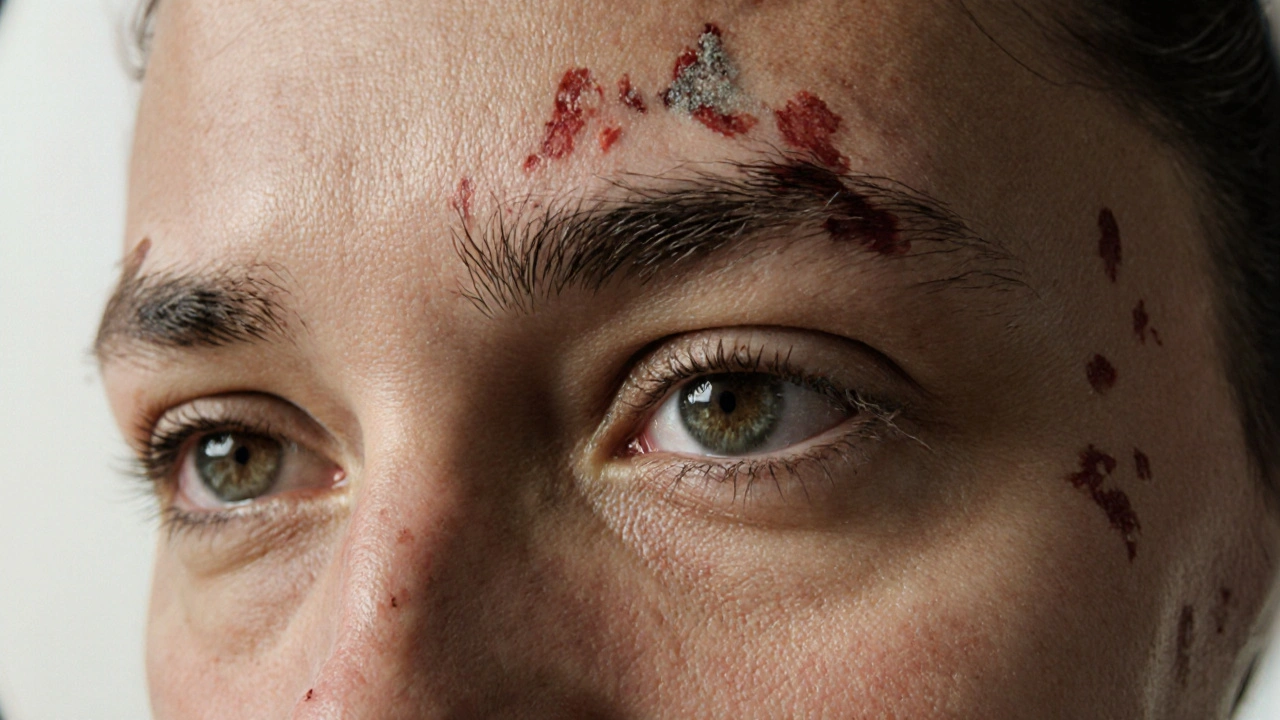When you get your eyebrows waxed, you're not just removing hair—you're interrupting the eyebrow hair cycle, the natural, repeating process through which eyebrow hairs grow, rest, and fall out. Also known as the hair growth cycle, it’s the reason why your brows look full one week and sparse the next. This cycle doesn’t move at the same speed for everyone. Some people see regrowth in just a few days. Others wait weeks. And if you’re trying to grow out your brows after years of over-plucking, understanding this cycle is the first step to getting them back.
The eyebrow hair cycle, a three-phase process that governs how eyebrow hairs develop and shed, includes the anagen (growth), catagen (transition), and telogen (resting) phases. Most eyebrow hairs stay in the growth phase for just 30 to 45 days—much shorter than scalp hair, which can grow for years. That’s why your brows don’t get long. After growth, they enter a resting phase that can last up to two months. During this time, the hair stays in place but doesn’t grow. When it finally sheds, a new one begins to push through. This is why waxing every 3 to 6 weeks works for most people: you’re catching the hairs right before they naturally fall out.
What you do between waxing sessions matters. eyebrow waxing, a method of hair removal that pulls hairs out from the root can slow regrowth over time, but only if done consistently and gently. Over-waxing or pulling too hard can damage the follicle, leading to thinner hair or even permanent loss. That’s why many people who wax regularly end up with softer, sparser brows—not because they’re aging, but because the follicles got worn out. On the flip side, letting your brows grow naturally for a few months gives the follicles time to recover and reset the cycle.
And it’s not just waxing. Products, hormones, stress, and even your sleep habits affect the eyebrow growth, the process by which new hairs emerge from the follicle during the anagen phase. If you’re using retinoids, taking thyroid meds, or not sleeping enough, your growth cycle can stall. That’s why some people struggle to grow their brows back—even with serums. It’s not the product. It’s the cycle.
Knowing this helps you stop guessing. If your brows look patchy after waxing, it’s not because you’re doing it wrong—it’s because you hit the resting phase. If they grow back fast, your cycle is active. If they’re slow, your follicles need time. You can’t rush nature, but you can work with it. That’s why the best brow care isn’t about heavy gels or fancy pencils. It’s about patience, timing, and respecting the rhythm your body already knows.
Below, you’ll find real advice from people who’ve been there—how to grow back over-plucked brows, why your waxing schedule might be off, what actually helps regrowth, and why some "miracle" products don’t work the way they claim. No fluff. Just what the cycle tells us, and how to use it.

Overplucked eyebrows can take 6 to 8 months to fully grow back. Learn why regrowth is slow, what actually helps - and what doesn't - and how to prevent permanent damage from waxing or tweezing.